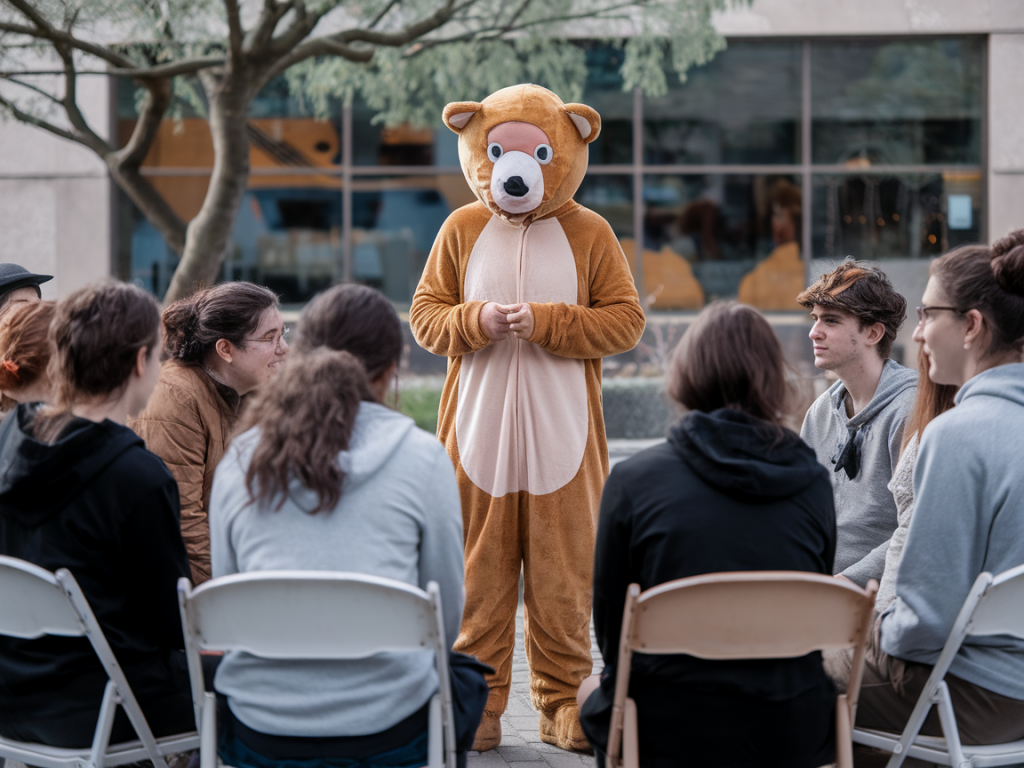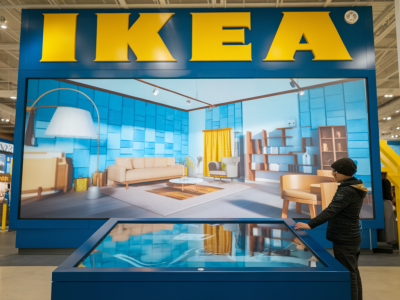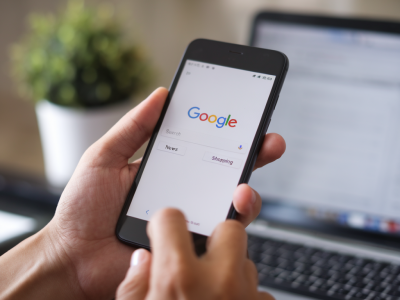
There’s no denying that ChatGPT—and tools like it—have revolutionized content creation. From generating ideas to drafting full blog posts, AI has basically become the world’s fastest ghostwriter. But here’s a truth not enough marketers are talking about: there are certain things ChatGPT can’t write. And ironically, understanding those limits is what unlocks a creative superpower for us as marketers.
As someone who has spent years testing, tweaking, and strategizing content plans across various industries, I’ve learned that what sets great content apart isn’t just the information it delivers—it’s the feeling it evokes, the originality it exudes, and the genuine human insight it channels. So today, I’m sharing exactly what ChatGPT can’t do well—and how to use those gaps to give your content a powerful, authentic edge.
Real, Personal Experience—The Gold ChatGPT Can’t Mine
I once ran a campaign for a local French bakery expanding into online sales. The human stories from the bakers—the years spent perfecting sourdough or the broken oven that sparked an unexpected best-seller—made the campaign irresistible. I tried asking ChatGPT to "write the story of a French baker launching an e-commerce business," and while it was coherent, it lacked the grit, the intimacy, and the messy-but-charming reality that made the real story compelling.
Why? Because ChatGPT doesn't live. It doesn’t burn out on deadlines, fall in love with a brand vision, or cry at a customer testimonial. It doesn’t know what it feels like to win a pitch or lose a client. So when you inject those lived experiences into your writing—whether it’s your personal take on a TikTok trend or your frustration with an ad platform bug—you immediately differentiate your content.
Your Voice Is Irreplaceable (Yes, Even If You Think It’s Not)
One of the things marketers often overlook is that tone and style aren’t just about formatting—they’re a reflection of your world view. ChatGPT can mimic voice to an extent, especially with well-crafted prompts, but it can’t truly own one. It doesn’t have beliefs or biases or a unique lens shaped by years of working in the trenches of marketing. You do.
Whether you're sarcastic, blunt, poetic, or precise, lean into it. Your audience isn’t scrolling for perfection—they’re craving connection. When I share stories on Marketing News that involve a personal trial-and-error or a marketing win I didn’t see coming, my readers engage more deeply. They see themselves in my journey, and that builds brand trust faster than flawless AI-generated prose ever could.
Original Data and Insights? Still on You
Here’s another big one: ChatGPT doesn’t do research. Sure, it’s trained on a massive amount of information—but it can’t analyze your internal metrics, customer feedback, or proprietary survey results. And let’s be honest, in marketing, insights drive authority.
Let me show you what I mean with a quick comparison:
| AI-Generated Insight | Human-Driven Insight |
|---|---|
| "Video content performs well on social media." | "Our team found that Instagram Reels outperformed TikTok videos by 26% last quarter in terms of engagement rate." |
| "Email marketing has a high ROI." | "Based on our latest campaign, automated product recommendation emails had 3x the CTR of our standard newsletter." |
If you’re sharing insights from your own marketing experiments, platform data, or customer behavior, you’re creating original, high-value content that’s impossible for ChatGPT to replicate. This is your unique differentiator. Use it wisely.
Emotions, Empathy, and Timing: The Human Intangibles
Let’s talk about emotional cues. Ever watched a brand navigate a crisis gracefully on social media? Or read a founder’s update that made you tear up? These moments aren’t pre-written. They’re real-time, emotionally calibrated responses fused with empathy and nuance. AI has not (and likely will not) master that subtlety any time soon. Human behavior, culture, and context evolve too fast and are too multilayered.
One thing I always tell clients is that empathy is a growth strategy. Understanding what your audience is feeling—their pain points, desires, fears—and responding naturally builds credibility and loyalty. You don’t need a bot to generate that. You need to listen, observe, and create content that feels like a conversation, not a lecture.
Creativity with Constraints? That’s Your Playground
ChatGPT doesn’t get bored or inspired. It doesn’t doodle on napkins or have a weird brainstorm idea in the shower. It can remix known ideas, but it doesn’t generate wild ones out of nowhere. Some of my most creative campaigns have come from seemingly random, human moments—like turning a client’s vendor hold music into a viral TikTok challenge (true story!).
When you put yourself in creative environments, limits actually become catalysts. You know your brand guidelines, your content format, your publishing schedule—but within that structure, there's space for originality that AI can’t conjure. That’s your sweet spot.
Here’s How to “Beat” the Bot—Use AI to Amplify, Not Replace
So how do I personally use ChatGPT in my workflow without letting it flatten my creativity?
- I use it for idea generation—when I’m stuck, I ask it for headline variations, content subtopics, or potential Q&As.
- I use it for structuring—sometimes it’s helpful in outlining a piece quickly before I build the real content from scratch.
- I use it for repurposing—turning blog posts into Instagram captions or LinkedIn updates, especially when I’m on a tight deadline.
But I never ask it to write the entire piece for me. Because if there’s one thing I’ve learned, it’s this: my creative instincts, my marketing intuition, and my human experience are not available in any algorithm. And neither are yours.
Don’t fear ChatGPT. Don’t fight it. Just don’t depend on it to be you.

